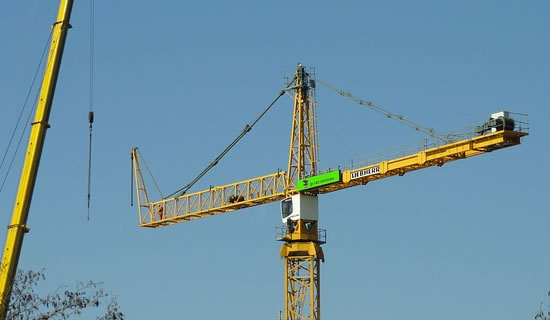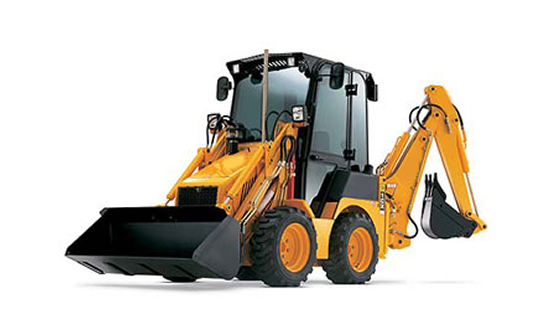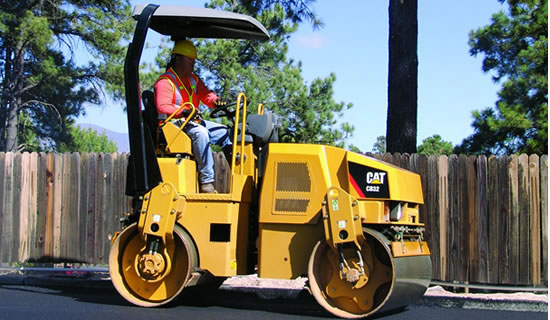Kule Vinç










İnşaat alanlarında uzun süreli ve sürekli vinç ihtiyacının olduğu yerlerde kullanılır. Genel olarak yapı işlerinde kullanılmaktadır.
İhtiyaca ve kullanım alanlarına göre çeşitlilik göstermektedir. Tepe kuleli, tepe kulesiz, hareketli, raylı, kendi kendini kurabilen (hidrolik) ve zemine sabit ya da yürüyüş grubuna sahip modelleri vardır. Tepe kuleli ve tepe kulesiz vinçlerin hidrolik tırmanma sistemi kullanılarak kendi kendine yükselebilen tipleri bulunmaktadır.
İhtiyaca göre yüzlerce konfigürasyona sahip vinç olmakla birlikte özellikle bina inşaatlarında bom ucunda 2 - 8 ton arasında kaldırma kapasitesine sahip vinçler yaygın olarak kullanılır.
En sık kullanılan ve birçok şantiyede rastlayabileceğiniz modeller 6 ton kapasiteli kule vinçlerdir. Kanca altı yüksekliği ve bom uzunluğu modele göre farklılık gösterir. Yaygın kullanılan modellerde bom uzunluğu 30 - 60 metre arasındadır. Sabit yükseklikte durabildikleri gibi bina yükseldikçe onunla birlikte yükselebilmektedir. Yapıya belirli aralıklarla atılan bağlantı elemanları ile sabitlenirler. Kule vinç, yükseltilmek istendiğinde gövde üzerinde bulunan tırmanma kafesi ile yapıya modüler olan kule elemanları eklenerek bu işlem gerçekleştirilir. Kurulumu ve sökümü için mobil vinçten faydalanılır. Nakliyesi için tıra ihtiyaç vardır. Kule Vinci oluşturan komponentlerin arasında; ayak kompleksi, ayak denge taşları, mastlar, bom kompleksi, denge bomu, kuyruk denge ağırlıkları ve tırmanma kafesi bulunmaktadır.
























